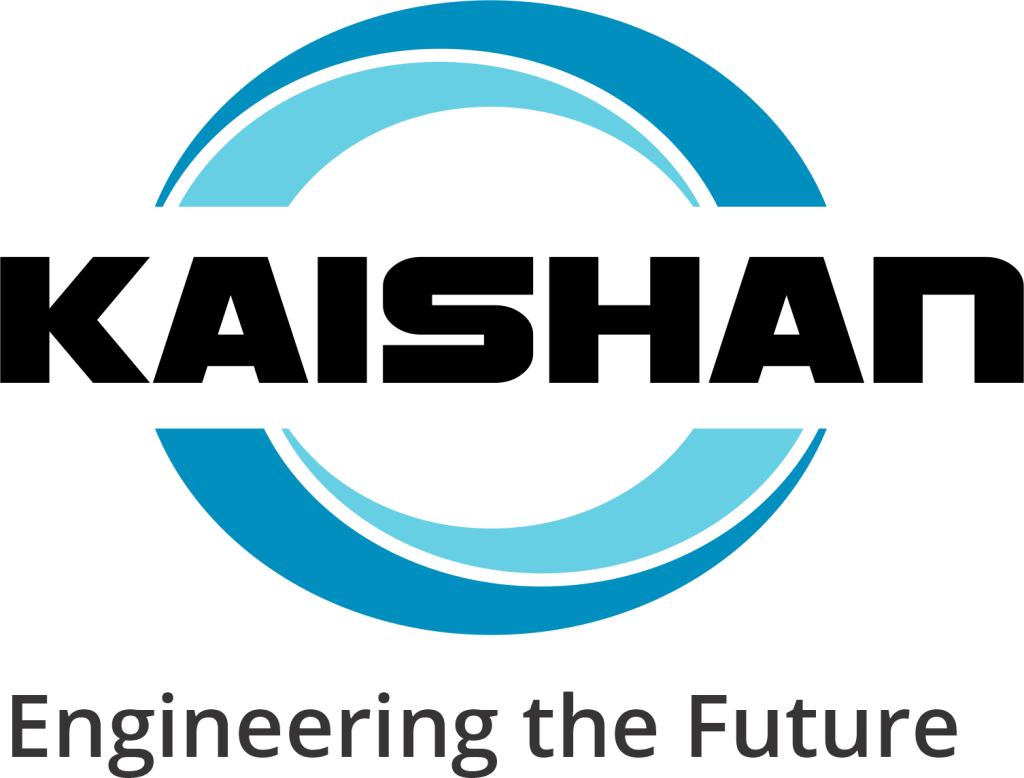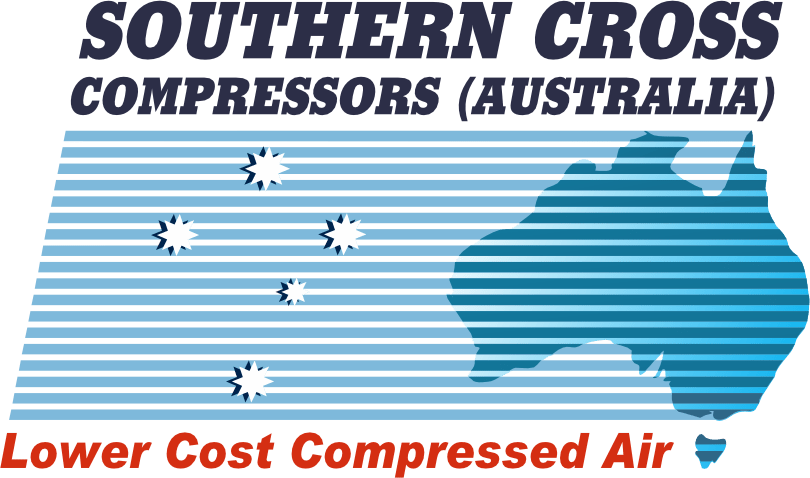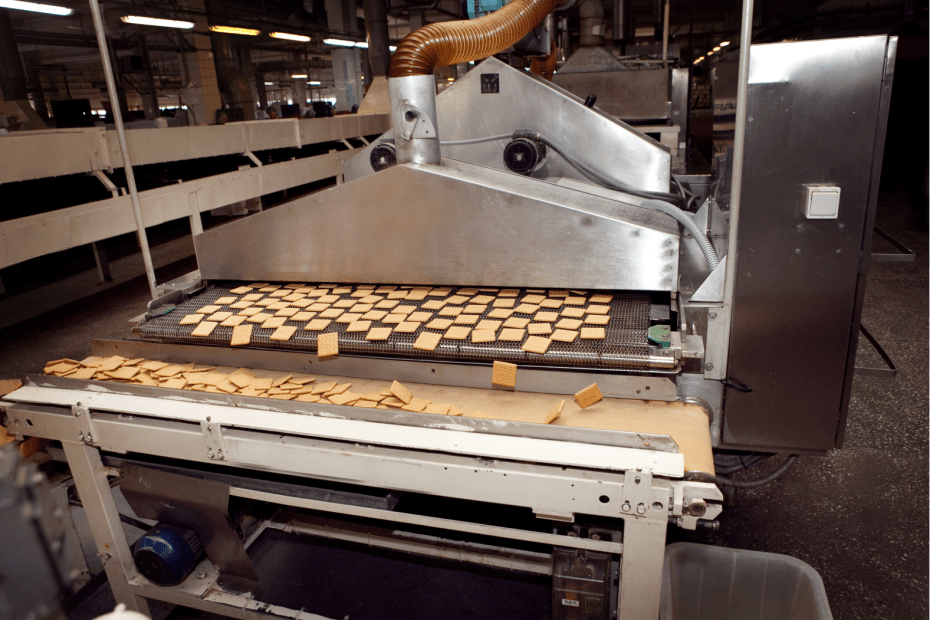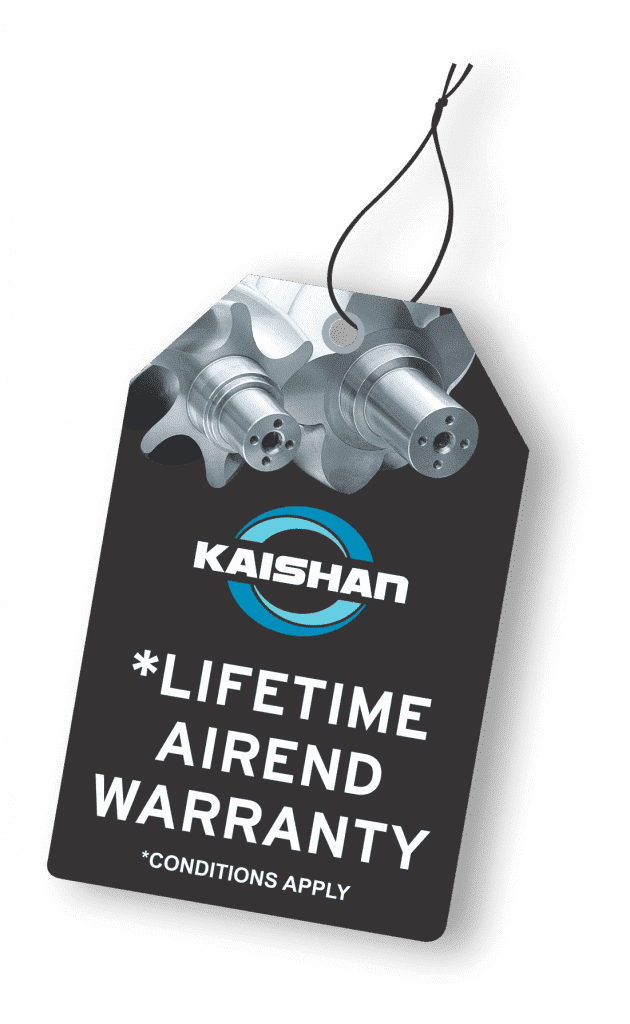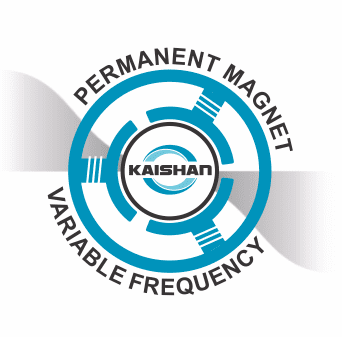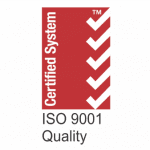Compressed air is a key utility supporting the food packaging and food processing industries in Australia. Where compressed air comes in direct contact with food products it must be contaminant-free to ensure the quality of the end product.
There is a vast array of applications for compressed air in the food industry. Many operations, such as bakeries, use compressed air in various applications such as cleaning and packaging. Others use compressed air to clean containers before filling the containers with food. Compressed air is also used to sort, cut and shape food products.
Other applications include machines forming, filling and sealing cartons in the dairy and juice industries. These machines must be washed down constantly to maintain sanitary conditions. They are not just subjected to water but are also exposed to chemical cleaners. Pneumatic systems are preferred over hydraulic systems in these machines because in a wet environment, having leaked oil on a polished tile floor becomes a real safety hazard. Low maintenance and downtime associated with pneumatics is also a key reason why compressed air is preferred. This is an example of where compressed air does not come into contact with food — but there is a high risk that it may occur.
Compressed air is used in a range of pressures from high-pressures up to 35 bar for blow moulding and for lower pressures of 11 bar for blow-off applications.
Compressed air must be Contaminant-Free
Compressed air must be purified of contaminants before use in the food industry. The contaminants are water vapour and moisture, solid particulates (including spores) and oil aerosols and vapours.
The presence of moisture is a primary concern for the food industry as moisture creates the ideal habitat for microorganisms and fungus. Moisture may reside in the piping system near point-of-use applications where compressed air comes into contact with food products. Microorganisms and fungus can grow inside the piping system and then be blown into food products or food containers.
In order to inhibit the growth of microorganisms and fungi, pressure dewpoints must be below -26°C. Drying the compressed air to a specified pressure dewpoint is the simple way to eliminate moisture in the compressed air system.
Solid particulates must be removed with filtration products from the compressed air system. When compressed air is dried below -26°C, harmful microorganisms and fungi are converted into spores. These spores are now a “solid particulate” which must be filtered. Other sources of solid particulates are coatings on the air compressor rotors, pipe-scale from the compressed air piping system, and ambient dust and particulates which may be ingested by the air compressor. It is recommended, when selecting compressed air filtration products, that care is taken to request coalescing filters tested to the new ISO Standard 12500 Parts 1-3.
Oil aerosols and vapours are another significant concern. One myth in compressed air systems is that the use of an oil-free air compressor frees the system of any compressed air treatment requirements. This is not the case. Ambient air ingested by air compressors will carry water vapour, particulates and hydrocarbons and compressed air dryers and filters are always therefore required.
In applications where compressed air comes in direct contact with food products a -40°C pressure dewpoint is recommended to ensure that no microorganisms can grow. This can be accomplished with desiccant (adsorption) type compressed air dryers located in the compressor room (centralised air treatment). Each facility will have to determine if further de-centralised filtration is required to ensure the dewpoint specification. Point-of-use air dryers may be of either desiccant (adsorption) or membrane-type technology.
Coalescing filters are required to remove solid particulates and total oil (aerosol + vapour) to the specification levels. Activated carbon filters will be required as well to remove oil vapours. As with the air dryers, each facility will have to determine if de-centralised filtration is required in addition to the centralised filtration.
Where compressed air is exhausted into the local atmosphere of the food preparation, production, processing, packaging or storage we have a high to low risk. A non-contact high-risk may be where compressed air is used in a blow-moulding process to create a package — and then product is introduced into the package later in process. Many food processors have their own in-house production lines to create their own packaging. Without proper air treatment, it is possible that oil, moisture and particulates (notably bacteria) could be present on the packaging — waiting to contaminate the food product!
A non-contact low-risk system is where the application means compressed air has absolutely no contact with food products or food-packaging machinery. It is important to understand this relationship and design your system accordingly. In this case a dewpoint of +37°F (+3°C) is recommended. This can be accomplished with refrigerated type compressed air dryers located in the compressor room (centralised air treatment). Each facility will have to determine if further point-of-use air dryers (de-centralised) are required to ensure the dewpoint specification.
Again, coalescing filters are required to remove solid particulates and total oil (aerosol + vapour) and activated carbon filters will be required as well to remove oil vapours. As with the air dryers, each facility will have to determine if de-centralised filtration is required in addition to the centralised filtration.
Compressed air provides an efficient power source to the food industry as long as care is taken to remove contaminants from the system. Food industry operators should work with compressed air professionals to define how compressed air is used in their facility and define a specification for compressed air purity.
Regular maintenance of compressed air systems within the food industry is vital to ensure contamination free operation of the entire system from compressor to delivery.
Kaishan Compressors Australia can advise food industry professionals on the design and installation of application specific compressed air systems to ensure contamination free results. With a wide range of compressor types and models plus a nation wide fleet of highly trained mobile technicians, Kaishan provides the products and services to support the needs of the Australian food industry.
